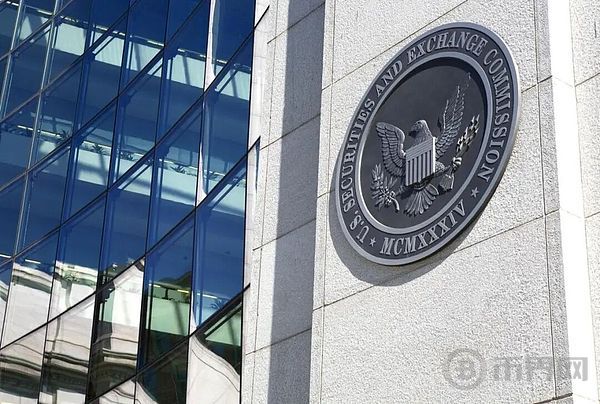Curve Finance Unveils Leverage Based Solution For Persistent DeFi Challenge
Curve Finance founder Dr. Michael Egorov has introduced the Yield Basis protocol to address impermanent loss affecting Bitcoin and Ethereum liquidity providers. According to , the new protocol uses compounding leverage to maintain positions overcollateralized by exactly 200% at all times through borrowed crvUSD.
The protocol operates by keeping position value at double the collateral deposited. This mathematical approach removes the square root dependency that creates impermanent loss when asset prices change within liquidity pools. Egorov explained that impermanent losses happen because of this square root relationship, requiring the protocol to eliminate it through mathematical squaring of the position.
Users can receive yield in either tokenized Bitcoin or Yield Basis tokens, creating market-based inflation control. The protocol includes automated regulation and rebalancing of concentrated liquidity based on different market conditions. Yield Basis also tokenizes liquidity positions into yield-bearing assets like ybBTC and ybETH, which can be staked for additional rewards.
Why DeFi Needs This Breakthrough Solution
Impermanent loss has prevented many crypto holders from participating in DeFi liquidity provision for years. The risk occurs when token prices in liquidity pools diverge, leaving providers with less value than simply holding their assets. This barrier has limited DeFi's growth potential and discouraged institutional participation in automated market makers.
Sygnum Bank reports that institutional DeFi adoption remains limited despite improved infrastructure. Large allocators wait for proof that legal enforceability and operational reliability work in practice. Their mandates prevent exposure to unresolved legal or regulatory risk, even when DeFi yields appear attractive.
The Yield Basis solution addresses these concerns by providing mathematical certainty in risk management. By maintaining consistent 200% overcollateralization, the protocol offers institutional-grade predictability while preserving DeFi's efficiency benefits. This represents a direct path for risk-averse institutions to participate in DeFi without traditional impermanent loss exposure.
Institutional DeFi Market Poised For Major Growth
The timing of Curve's solution aligns with accelerating institutional interest in decentralized finance. Crypto.com research shows real-world asset tokenization surpassed $17 billion in January 2025, with private credit dominating 69.3% of total value. This growth demonstrates institutions actively seeking yield opportunities within compliant frameworks.
We previously reported that 15 US states are moving forward with plans for Bitcoin reserves, with Pennsylvania, Arizona, and New Hampshire proposing allocations up to 10% of public funds. This government-level adoption creates additional demand for secure, yield-generating Bitcoin products that institutional investors can access through regulated channels.
The protocol's dual yield structure enables market participants to choose risk profiles based on market conditions. During bull markets, users typically stake Yield Basis tokens for price appreciation, while bearish periods see preference for Bitcoin yields. This flexibility addresses institutional needs for dynamic allocation strategies while maintaining exposure to underlying asset performance.
Curve's breakthrough could accelerate broader DeFi institutional adoption by removing the primary technical barrier to liquidity provision. As regulatory frameworks continue developing worldwide, protocols offering mathematical solutions to traditional risks position themselves advantageously for institutional capital flows expected throughout 2025.
Disclaimer: The content of this article solely reflects the author's opinion and does not represent the platform in any capacity. This article is not intended to serve as a reference for making investment decisions.
You may also like

The real impact of quantitative easing policies on cryptocurrencies
Shocking Closure: Shima Capital Shuts Down After SEC Fraud Lawsuit